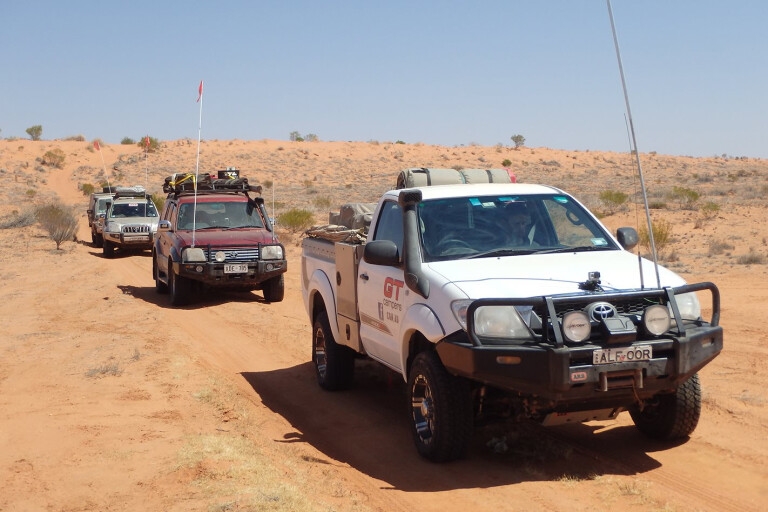
Australian motoring bodies have hit out against Toyota Australia President Dave Buttner’s comments that bull bars for Toyota's new HiLux utility range are “fashion accessories”.
Buttner made the comment at the recent opening of Melbourne’s new Abcor plant, which will produce about 12,000 steel bull bars a year for Toyota’s HiLux range.
RACQ Executive Manager Technical and Safety Policy Steve Spalding has since warned urban drivers against fitting bull bars for fashion, saying the bars could increase injury risks for pedestrians.
“Bull bars should only be used if there’s a genuine risk of an animal strike,” Spalding said.
“We don’t want to see the unnecessary fitment of bull bars to city-based cars, or for there to be any increased risk of serious injury to vulnerable road users such as pedestrians or cyclists."
Spalding said state and national standards should be met when bull bars are fitted.
He said bull bars also need to be compatible with the cars they are fitted to, so that safety systems aren’t affected.
“Bull bars should only be fitted when it’s a necessity, and should never be purchased to simply improve the look of a car.”
But according to 4WD Industry Council research, bull bars are mainly fitted on vehicles driven in regional and rural areas to protect occupants involved in collisions with animals.
The council said bull bars are also used as a platform to mount vital accessories, including electric winches, auxiliary lighting, communication equipment, recovery points and under-vehicle protection panels.
Council research conducted in 2011 on 42,600 motorists showed vehicles collided with animals about 25,000 to 30,000 times a year.
Animal strike risk was highest in poor light conditions at dusk or at night.
Kangaroos were estimated to account for between 70 per cent to 85 per cent of incidents.
The study also found that the likelihood of occupant injury following an animal strike was about 30 times higher in a non-bull bar equipped vehicle.
“In addition to providing physical safety for vehicle occupants in a collision with an animal, the bull bar plays a critical role in reducing the likelihood of vehicle immobilisation in remote locations, which can also have adverse safety implications,” Australian Automotive Aftermarket Association (AAAA) Executive Director Stuart Charity said.
“The Council research also revealed that up to 74 per cent of people who have encountered an animal strike collision believed that if they had no bull bar fitted, they would have had to swerve or take other evasive action, which could have resulted in a far worse accident due to impact with other vehicles, trees or road side infrastructure.
“While manufacturers may offer opinion on their customer motivations in relation to the fitment of bull bars, vehicle aesthetics did not rate a mention as a motivating factor in our extensive research of Australian 4WD vehicle owners.
“The 4WD Industry Council encourages people who use their vehicles for travel in rural and regional Australia, to fit a bull bar that meets the Australian Standard. In addition to increasing occupant safety, this will ensure that the bull bar conforms to the integrated safety features of the vehicle and mitigate risks to other road users."
The 4WD Drive Industry Council is a specialist section of the Australian Automotive Aftermarket Association.
Toyota Australia had no further comment.
Get the latest info on all things 4X4 Australia by signing up to our newsletter.

COMMENTS